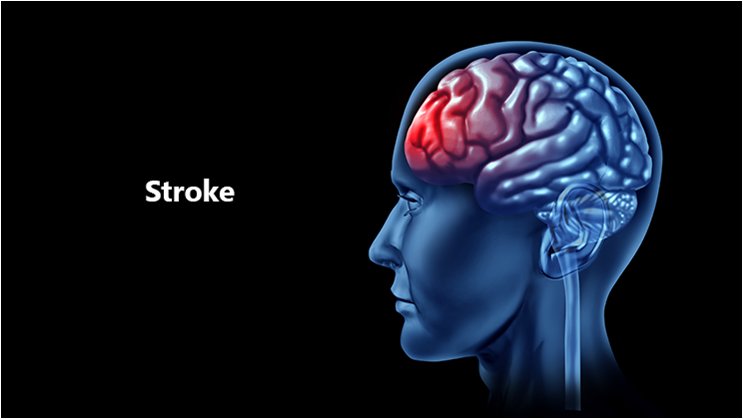Researchers at Penn State and Houston Methodist Hospital have developed a tool to aid doctors in rapidly diagnosing strokes. The technology uses a smartphone to record a patient’s speech and facial movements, and a machine-learning algorithm then processes these data to identify whether a stroke probably occurred. The researchers have shown that their system is as accurate as an ER clinician in diagnosing stroke and that it can provide accurate answers within minutes.
“When a patient experiences symptoms of a stroke, every minute counts,” said James Wang, a researcher involved in the study. “But when it comes to diagnosing a stroke, emergency room physicians have limited options: send the patient for often expensive and time-consuming radioactivity-based scans or call a neurologist – a specialist who may not be immediately available – to perform clinical diagnostic tests.”
Rapidly diagnosing and beginning treatment for a stroke is vitally important to limit long-term damage. However, in some cases, the subtle signs can be missed by clinicians, meaning that treatment is delayed.
“There are millions of neurons dying every minute during a stroke,” said John Volpi, another researcher involved in the study. “In severe strokes, it is obvious to our providers from the moment the patient enters the emergency department, but studies suggest that in the majority of strokes, which have mild to moderate symptoms, that a diagnosis can be delayed by hours and by then a patient may not be eligible for the best possible treatments.”
The new system involves using a smartphone to record someone with a suspected stroke and observe their facial movements. It is designed to detect things that may indicate a stroke, such as slurred words or a drooping facial muscle. To allow the system to do this, the researchers trained the machine learning algorithm, powering it using a dataset of over 80 patients who were experiencing stroke symptoms.
So far, the researchers have shown that their technology is approximately 79% accurate in diagnosing stroke, which is similar to the accuracy of ER doctors. As the system takes only a few minutes to provide an answer, it may prove to be a useful addition to the ER doctor’s toolset. Moreover, if a larger dataset is used to train the system, it may be possible to achieve an even greater degree of accuracy.
The research was presented at the virtual International Conference on Medical Image Computing and Computer-Assisted Intervention (MICCAI) under the title “Toward Rapid Stroke Diagnosis with Multimodal Deep Learning.”














